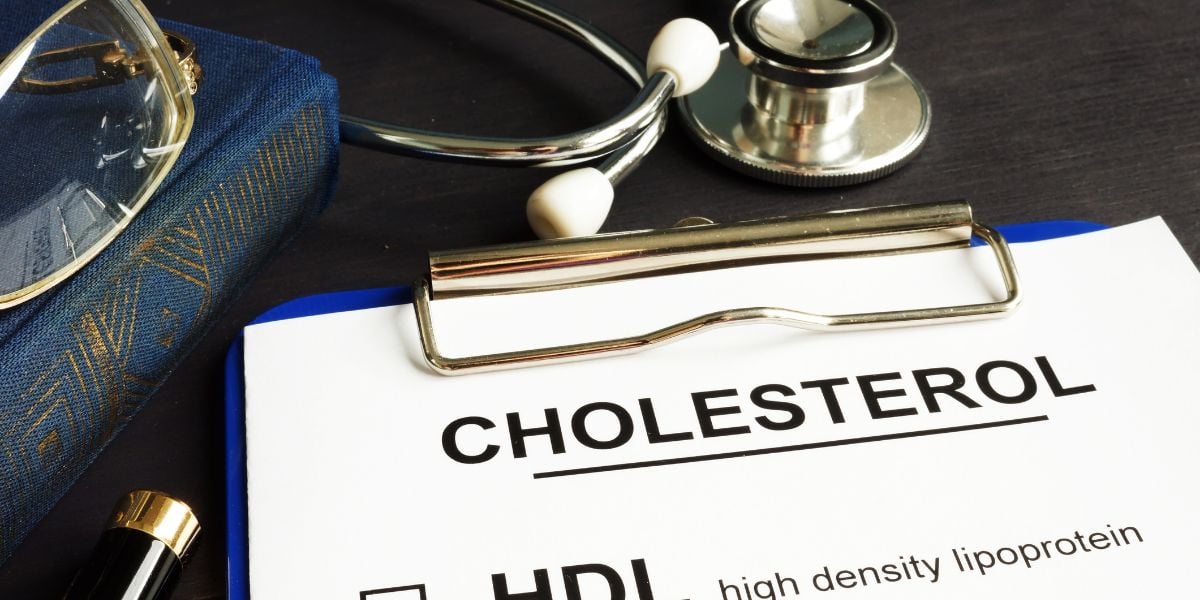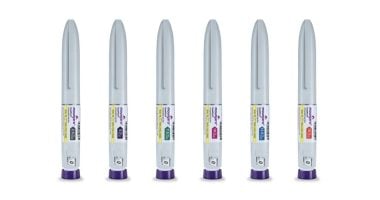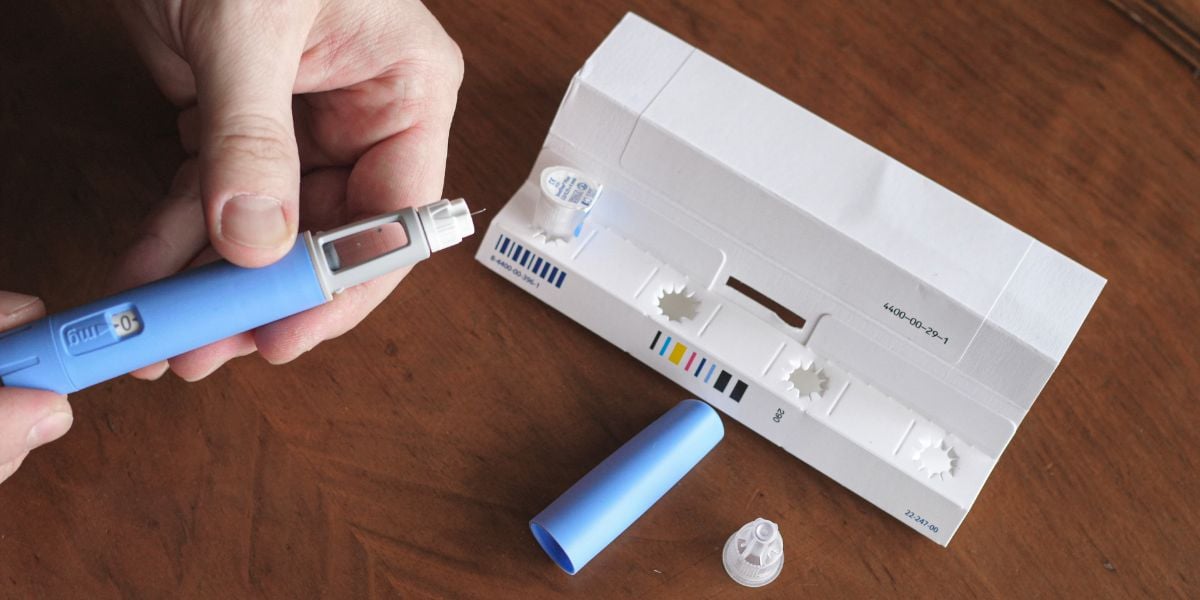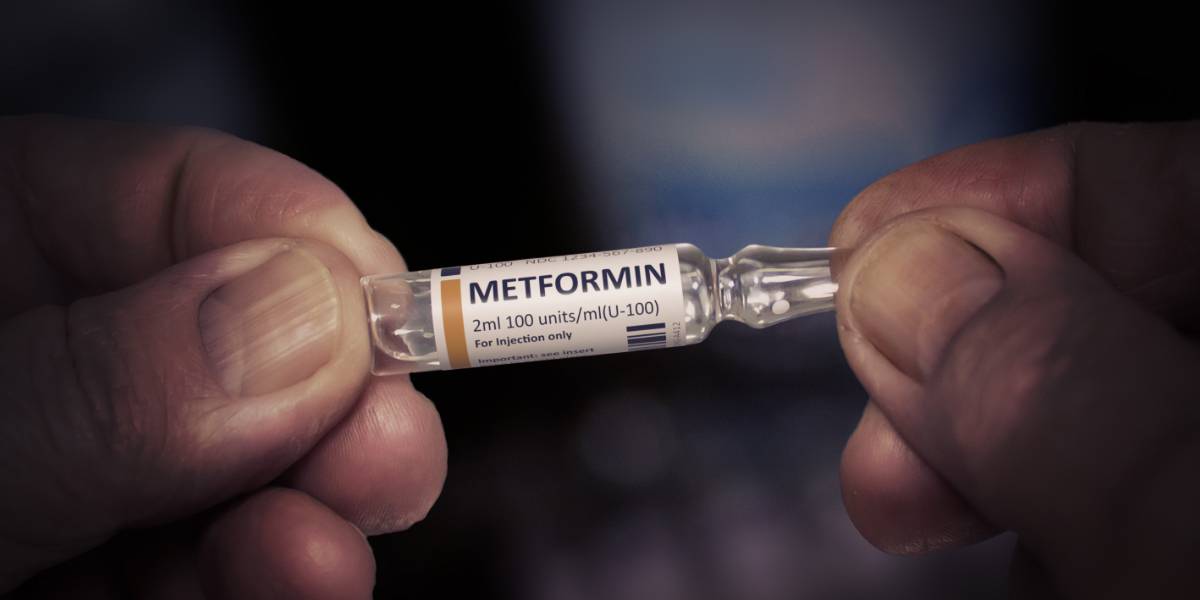Jardiance is a once-daily oral medication that is used to control blood glucose levels in people with type 2 diabetes.
This is achieved through helping the kidneys remove glucose from the bloodstream through the urine.
Jardiance is not for weight loss or blood pressure management, but it can help with both. It is used as part of a treatment plan that may include exercise, diet and special medical care.
The drug was approved by the European Commission in May 2014. Being a relatively new drug, the long-term effects over several years are not yet known.
About Jardiance
- Trade name: Jardiance
- Generic name: Empagliflozin
- Drug class: SGLT2 inhibitors
- Manafacturer: Boehringer Ingelheim and Lilly Diabetes
How does Jardiance help in type 2 diabetes
By removing excessive glucose from the body through urine, Jardiance helps to improve glycemic control among patients with type 2 diabetes. This can result in improved HbA1c levels, which can reduce the risk of diabetes-related complications.
As calories in glucose are also excreted from the body, weight loss can occur from the use of Jardiance. As type 2 diabetes is closely associated with weight – roughly 90 per cent of newly diagnosed type 2s are above their ideal weight – this is beneficial in maintaining a healthy weight.
Jardiance is used as part of a treatment plan, and it is important to maintain other aspects, such as physical exercise, alongside Jardiance treatment.
Mechanism of action
Empagliflozin is an SGLT2 inhibitor, a drug class which helps to stop sodium-glucose transport proteins that have been filtered out of the blood by the kidneys being reabsorbed back into the blood.
Empagliflozin allows a significant amount of sugar to be removed through urination. The SGLT2 proteins are responsible for 90 per cent of the glucose that is reabsorbed into the blood.
Who is Jardiance suitable for?
Jardiance is recommended by the National Institute of Clinical Excellence (NICE) as a treatment for type 2 diabetes under the following conditions:
- When diet and exercise do not provide adequate glycemic control
- When metformin is not appropriate due to patient intolerance
Jardiance is also recommended alongside metformin if a patient is at significant risk of hypoglycemia or cannot take a sulfonylurea. It can also be taken with either metformin or a sulfonylurea.
Who should not take Jardiance?
You should not take Jardiance if you have:
- Type 1 diabetes
- Severe kidney problems
Before taking Jardiance, you should inform your doctor if you:
- Have kidney problems
- Are pregnant, or planning to become pregnant
- Are breastfeeding, or planning to breastfeed
- Have liver problems
- Have low blood pressure
- Take blood pressure medication
- Have high cholesterol levels
- Have a history of urinary tract infections
- Are 65 years old or older
- Are on a low-salt diet
How should Jardiance be taken?
Jardiance is administered orally and usually taken once-daily in the morning – it can be taken with or without food.
The drug is initially prescribed as a 10mg dose, the maximum dose is 25mg. While your doctor may change your dose to ensure you get the best results, you should not take Jardiance in larger or smaller doses than recommended.
If you miss a dose, you should take it as soon as you remember. However, you should not take an extra dose to compensate for your missed medication, and if it is almost time for your next scheduled dose, you should skip the previously missed dose.
Storage
Jardiance should be stored at room temperature away from moisture and heat and kept in its original container. You must ensure that it is kept out of the sight and reach of children.
What are the side effects of Jardiance?
The side effects of Jardiance include:
- Problems with urination – either a frequent urge to urinate, or little to no urinating
- Increased likelihood of urinary tract infections
- Signs of a genital infection – such as pain, itching or a rash
- Hypoglycemia – if taken with a medication that reduces blood glucose levels
- Increased cholesterol
- Feeling tired or light-headed
Please note the list above is not exhaustive. You should refer to the patient information leaflet in the medication for a full list of side effects.
What to do if you take an overdose
If you take an overdose of Jardiance, contact your health team immediately for advice.
Long term safety
There are questions as to whether SGLT2 inhibitors have a detrimental long-term effect on the kidneys. Invokana, which is in the same drug class as Jardiance, has been linked with a drop in eGFR, which is a marker used to measure kidney function.
According to the European Medicines Agency, the most frequently reported adverse reaction to Jardiance was hypoglycemia – this occurred when used with sulphonylurea or insulin.







